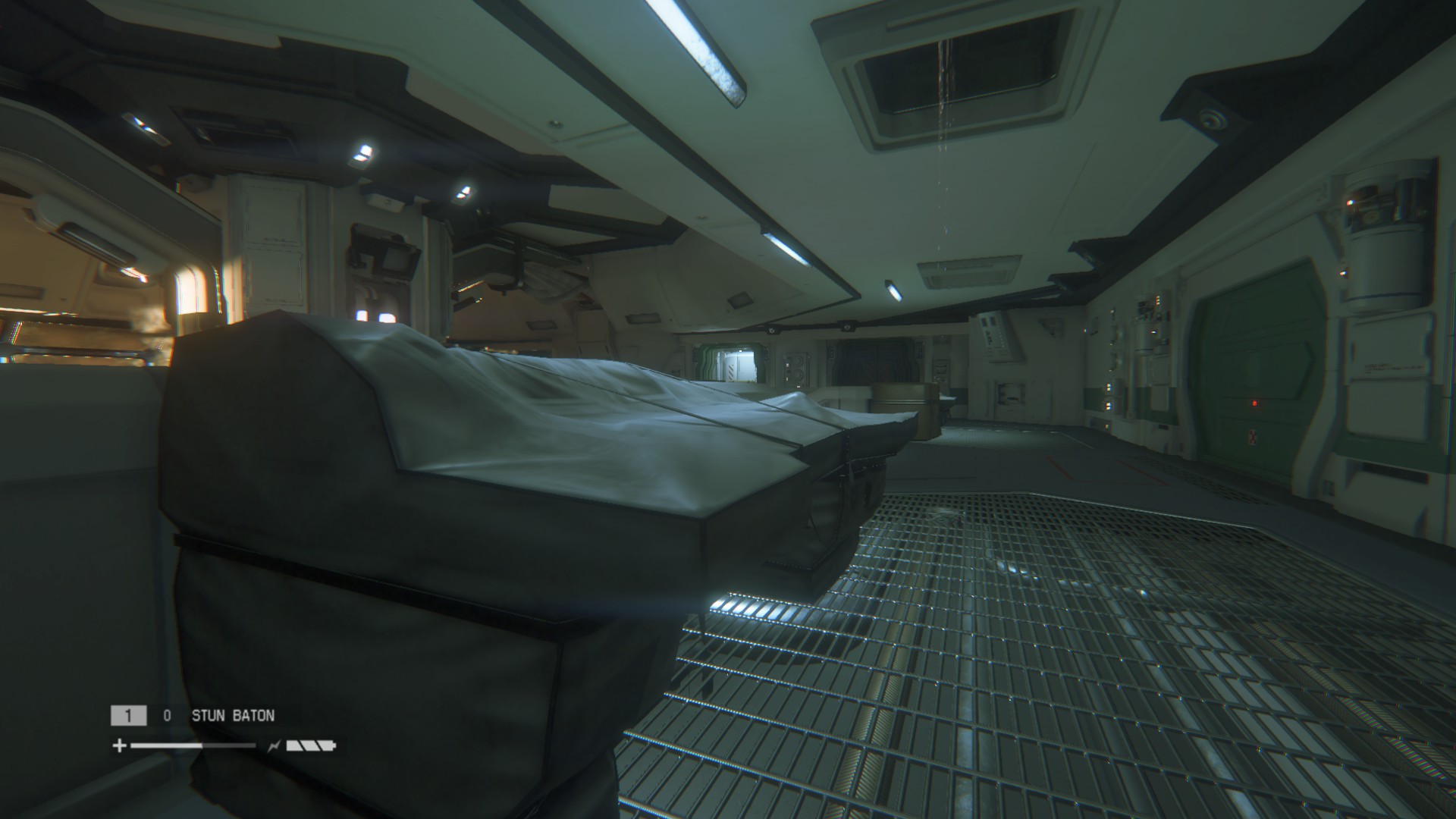
While the lighter had infinite uses, there was a finite amount of oil scattered around the mansion.

You could also burn the zombie’s body using oil and a lighter. Weapons that could decapitate would prevent the zombie from coming back, but that ammo was rarer than handgun bullets (which are the staple bread-and-butter ammo in Resident Evil).

To get around having to deal with them, the player could expend specific resources to stop the problem before it started. At that point, the player’s only option is to kill them again but this required using even more resources than killing the original zombie. Crimson Heads were faster, had more health, and did more damage to the player. What happened was if the player killed a zombie through normal means, eventually the zombie would come back as a Crimson Head. Red hotĬrimson Head zombies were a feature unique to the remastered version of Resident Evil, and technically existed from the beginning of the game new players just didn’t know that. Now that I’ve established some context for the discussion, let’s go ahead and look at how Capcom’s Resident Evil Remake handled the introduction of a new threat and why it worked so well. Their point is that having any combat will reduce the horror as the player becomes accustomed to fighting. Many indie developers have forgone the “fight” part of the equation (including games like Amnesia, Five Nights at Freddy’s, Outlast, and more). The push and pull between fight or flight has been a polarizing topic among game developers. Of course, it would theoretically be easier to use your best weapons all the time, but this means you’d be left vulnerable when tougher enemies show up because you’ve used your precious ammo. You’ll find a good amount of ammo for your basic weapon, decent/reasonable amounts for your average/bread-and-button weapon, and then rare amounts for your best weapon (or your “boss killer”).įor all of these reasons, knowing when to run and fight important, but so is grasping how many resources to use on the encounters you do engage in. Survival horror, however, tends to present ammo in tiers.

In the Dead Space series, for example, you’re given multiple weapons, upgrades and lots of ammo once you’ve cleared the opening sequence. Most action-horror games tend to give the player enough ammo to adequately fight every enemy in the game.

For this reason, the distribution of weapons becomes an important factor. Traditionally, in any horror game, enemies have just one “health bar” you kill them, and they’re basically gone forever.Īs well, one of the biggest differences between action and survival horror comes down to managing the threat level given limited resources.


 0 kommentar(er)
0 kommentar(er)
